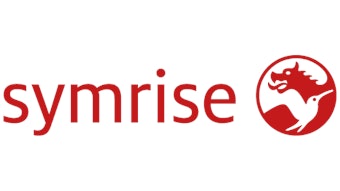Let us begin with a scenario. You—or your family—have built a company from humble beginnings into a successful middle market supplier in the flavor and fragrance industry based on excellent products, customer service and fault-free delivery. Over the years, you have seen the industry change. Competition has become fierce, margins have been squeezed, regulatory requirements are ever-increasing, and production automation is becoming a must. Now the "big boys" (the larger, international flavor and fragrance companies) are taking away clients you have nourished and grown with over the years. Core supplier lists have become more common practice among large customers and have left smaller, middle market suppliers stranded. Middle market suppliers do not have the capital for all the R&D commitment, market research, production automation and "rebate" discounts, not to mention international production capabilities.
The Big Picture: Overall Dynamics in the Industry The years 2008 and 2009 were diffi cult. The economy came to a virtual standstill at the end of 2008 after the fall of Lehman Brothers and the fi nancial crisis that followed. Suddenly, customers were destocking and orders fell off abruptly. Since then, customers have begun to regain confi dence and have largely restocked, leading to signifi cant growth rates in late 2009 and in 2010. That led to a good year and substantial growth rates in the industry, in some cases in the double-digit percentage range. Unfortunately, the rebound is mostly behind us. Growth rates in consumer products in mature markets—primarily Europe and North America—are back to normal, at best, which typically means low single-digit growth rates unless suppliers are catering to new business segments such as healthy foods. There is no reason to believe that growth rates in basic consumer products will increase significantly in the near future. In order to achieve higher than industry growth rates, companies will need to take business from competitors or buy and consolidate a competitor. Growth rates will be higher in emerging markets like Asia, but middle market suppliers in America or Europe are unlikely to profit from this unless they have the capital (and risk tolerance) to expand into those markets.
Over the last two decades, the flavor and fragrance industry has essentially consolidated into a dozen or so large companies (i.e., $500 million in revenues or larger) that are represented in virtually all markets worldwide, or at least have significant R&D, lab and production facilities in all three major continents (America, Europe and Asia). These are the companies that service the large, international consumer packaged goods (CPG) companies. Below this tier, there are about a dozen middle market flavor and fragrance companies which cater to the large, international CPGs in specialized products or have decided to focus on the second tier of national CPGs, retailers or private label companies, which are also increasingly becoming global. While the first segment of large, international flavor and fragrance companies (“big boys”) are well-established, the second tier is still in transition.









